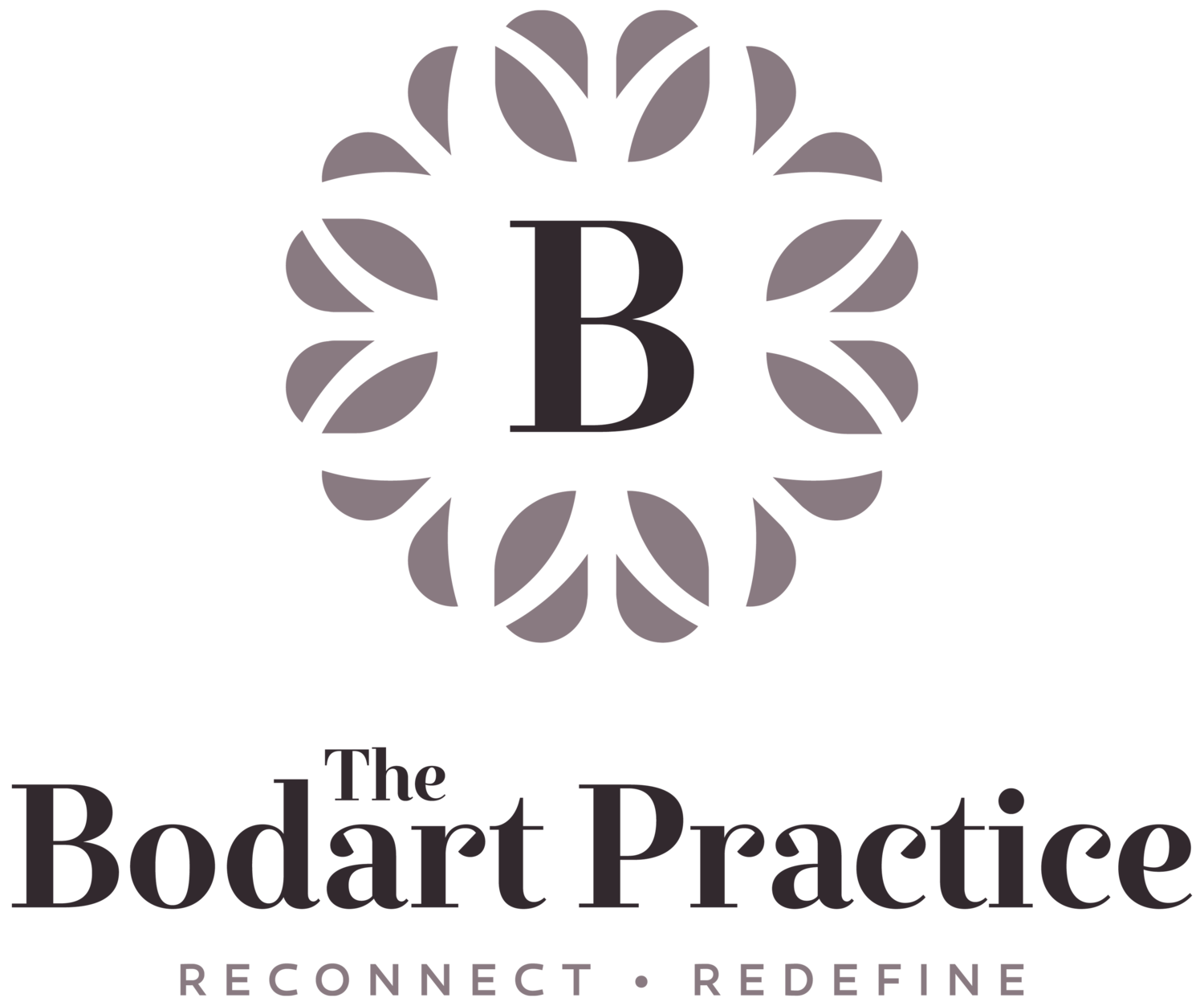Healing from Within: The Distinctive Path of Trauma-informed Yoga
Trauma-informed yoga and a general yoga class you might attend at a local studio differ in their approaches, goals, and considerations, particularly when it comes to addressing trauma and the needs of individuals who have experienced trauma. In this blog I hope to highlight some of the differences and help you choose a class that might support you best.
Ana Maria Coneelly, trauma informed yoga teacher
I first trained in trauma informed yoga in 2019. My interest lies in both my own personal journey of recovery from trauma through yoga and psychotherapy and an interest in being able to help and support vulnerable students who attend my general classes.
In my view, the trauma informed yoga approach resonates deeply with the ethics and philosophy of yoga itself, and because of this, all of my classes these days are based on the framework of trauma informed yoga practice. It has forever changed the way I teach and my own practice.
How does trauma informed yoga differ from a regular practice?
A Focus on Safety and Choice
Trauma-Informed Yoga: Trauma-informed yoga places a strong emphasis on creating a safe and empowering environment. Teachers understand that individuals with trauma histories may have heightened sensitivities and triggers. They prioritise giving participants choices and control over their practice, including whether to participate in specific poses or adjust their practice to their comfort level.
General Yoga class: General yoga classes typically have a standardised structure and sequence of poses. While teachers aim to create a safe space, they may not have specialised training in trauma sensitivity. General yoga classes may not always provide the level of choice and empowerment needed for trauma survivors.
2. Language and Cueing
Trauma-Informed Yoga: Teachers use invitational language in trauma-informed yoga classes, meaning they make suggestions rather than giving commands. This language empowers participants to make choices that feel right for their bodies and experiences. Instructors are mindful of avoiding triggering language.
General Yoga class: In general yoga classes, traditional cueing and language are often used to guide participants into poses. This may involve giving explicit instructions without as much consideration for individual sensitivities or preferences.
3. Understanding Trauma
Trauma-Informed Yoga: Teachers in trauma-informed yoga have a deep understanding of trauma, its effects on the nervous system, and its potential to manifest physically and emotionally. They adapt their teaching to be sensitive to trauma-related responses like hypervigilance, dissociation, or emotional triggers.
General Yoga class: General yoga instructors may not have specialised knowledge about trauma and its effects. While they aim to provide a positive experience for all participants, they may not be as equipped to address trauma-specific needs.
4. Modifications and Props
Trauma-Informed Yoga: Trauma-informed yoga often incorporates a range of props and modifications to make poses more accessible and comfortable for participants. This approach is especially beneficial for individuals with physical or emotional limitations.
General Yoga: While props and modifications are commonly used in general yoga classes, they may not be as central to the practice, and instructors may not provide as many options for participants to adapt poses.
5. Mindfulness and Self-Compassion
Trauma-Informed Yoga: Trauma-informed yoga often includes mindfulness practices and self-compassion exercises. These techniques help participants connect with their present experience, observe their thoughts and feelings non-judgmentally, and cultivate self-compassion, which is particularly important for trauma survivors.
General Yoga class: General yoga classes may or may not emphasise mindfulness and self-compassion as explicitly as trauma-informed yoga classes.
6. Therapeutic Approach
Trauma-Informed Yoga: Trauma-informed yoga is often considered a therapeutic approach to healing trauma it can be a support for those who are currently in treatment or a tool for those who are looking to develop more tools to support themselves after treatment. It's designed to help individuals regulate their nervous systems, process emotions, and build a sense of safety and empowerment.
General Yoga class: General yoga can have therapeutic benefits, but it may not be specifically tailored to address trauma-related issues.
Trauma-informed yoga is designed to be sensitive and responsive to the unique needs of individuals who have experienced trauma. It prioritises safety, choice, and empowerment while incorporating mindfulness and self-compassion practices. General yoga, on the other hand, offers a broader and more traditional approach to yoga practice, which may not always align with the specialised considerations required for trauma survivors. Even if you have not experienced trauma, trauma-informed practices are accessible to all.
I would like to also mention the teachers and mentors who have been pivotal in my journey to learning and developing my teaching skills in trauma informed yoga.
Dr. Arielle Schwartz- Somatic Psychologist and Yoga teacher
Alexandra Cat- TCTSY Trauma informed yoga teacher trainer
Dr. Natalie Bodart- Clinical Psychologist, founder and director at The Bodart Practice
Written by: Ana Maria Coneelly, trauma informed yoga teacher
You can find her on Instagram , via her website and working at The Bodart Practice. You can read more about her on our team page and holistic therapies page.
Yoga for Healing courses with Ana at The Bodart Practice
Ana teaches our five-week Yoga for Healing courses which are held bi-annually in SW London and online. You can find out more information about the course and how to book on our classes page.
Individual sessions with Ana at The Bodart Practice
Ana also offers individual sessions in SW London and online. Sessions are tailored to your individual needs and can also be hugely beneficial alongside psychological therapies, to work on your mental health mind and body combined.


